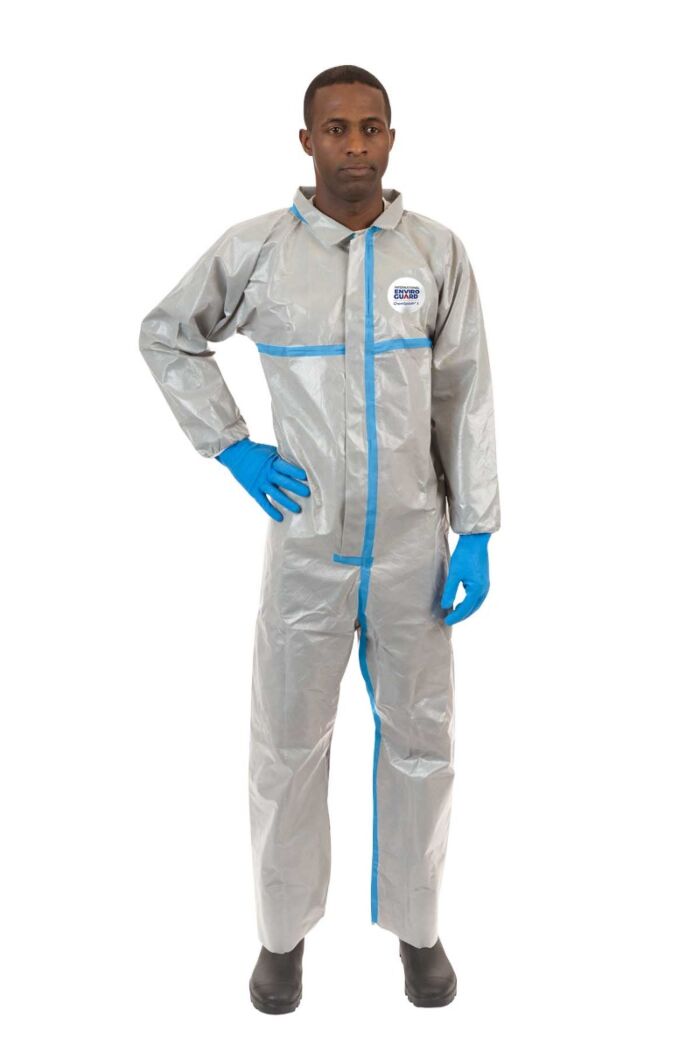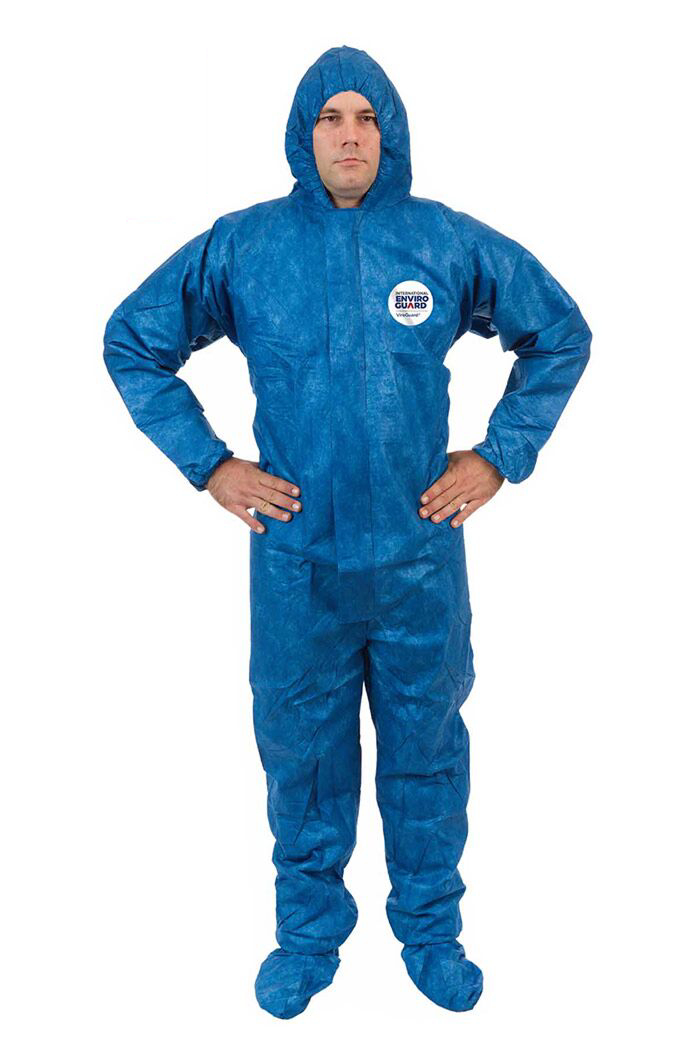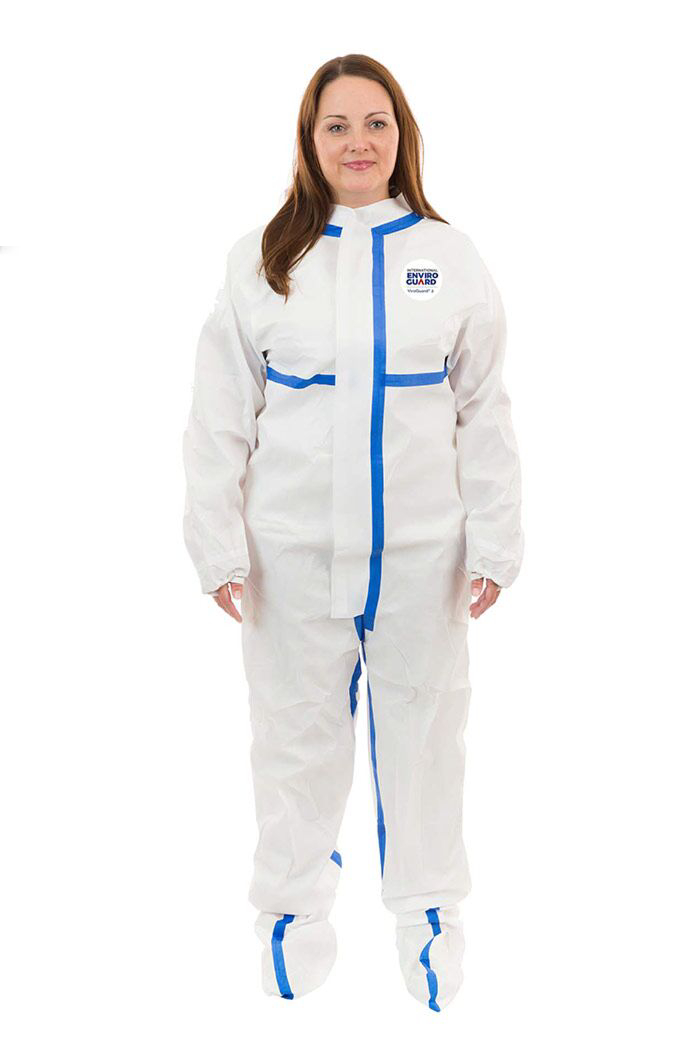We use cookies to make your experience better. To comply with the new e-Privacy directive, we need to ask for your consent to set the cookies. Learn more.
Protect Your Team from Blackwater Biohazards and Chemicals
The wastewater industry involves the handling, transportation, and treatment of commercial, industrial, and municipal wastewater (sewage). Working in blackwater environments is a tough job that puts workers at an increased risk of health issues. Wastewater poses health risks, such as exposure to human waste, mold growth, pathogens, parasites, and toxic chemicals.
Wastewater professionals treat contaminated water for several reasons:
- To reduce the concentration of disease-causing organisms or pathogens. This includes bacteria, viruses, protozoa, and parasitic worms.
- To return the water to a safer level for the environment and/or human health.
- To reduce the number of insects, birds, and rodents attracted to the water.
- To recycle the byproducts of treated water for other purposes such as soil additives or soil conditioners. The United States recycles over 50% of biosolids for land application. Biosolids improve overall soil quality and stimulate plant growth. This is an eco-friendly and more useful alternative than incineration or sending the waste to landfills.
Wastewater treatment involves the separation of liquids and solids. The solid waste is treated physically and chemically to create a semisolid material known as a biosolid. Biosolids are rich in nutrients, making them useful for agricultural purposes, forestry, reclamation sites, or other land treatments. Biosolids refer to the organic residue resulting from wastewater treatment. The two classes of biosolids include:
- Class A Biosolids are biosolids treated to meet federal regulations for low pathogen levels. Low concentrations of pathogens do not require specialized handling precautions. Federal regulations (40 CFR Part 503) apply to biosolids with high concentration levels of pathogens.
- Class B Biosolids refers to treated biosolids with reduced levels of pathogens. Class B biosolids may still contain pathogens, so they require special measures after land application. These measures restrict public access to the land and limit livestock grazing for a specified period. This allows the time for pathogens to naturally and safely die-off in the soil.
The main takeaway here is that Class A biosolids have much lower levels of pathogens. Class B biosolids contain higher concentrations of pathogens. This requires special measures to ensure public and environmental safety. Without proper precautions in place, biosolids may contaminate drinking water or spread diseases to livestock.
The Centers for Disease Control (CDC) and the Environmental Protection Agency (EPA) provide guidance for employers in the wastewater sector. Guidance applies to companies that manage biosolids, sewage, or sewage sludge to prevent work-related illness. This includes the use of personal protective equipment (PPE) to prevent health problems when dealing with black water. Proper use of PPE includes coveralls, boots, gloves, goggles, respirators, and/or face shields.
Wastewater Protective Clothing Designed with Your Workers in Mind
Using industry professionals' feedback, our blackwater protective clothing includes requested features for enhanced comfort, safety, and convenience. Our black water PPE uses the ANSI/ISEA 101-2016 sizing standard for better mobility.
This allows workers to reach, bend, crouch, and crawl with fewer tears and rip-outs. International Enviroguard is an affordable wastewater clothing company you can rely on to reduce risk, increase safety, and remain regulatory compliant. For protection against toxic chemicals, blood, body fluids, molds, blood-borne pathogens, or routine dirt and grime, your team can work with peace of mind.



